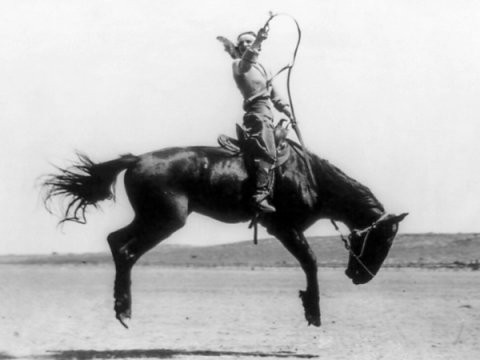TRADING LESSONS Bear or Bull Market Debate Rages on
Post on: 16 Март, 2015 No Comment

By: Thomas Aspray
Senior Editor, MoneyShow.com
Since our mid-June article. in which we looked at some of the past sharp stock market declines, there has still not been a clear winner in the battle between the bulls and the bears. The stock markets performance now seems to be an even more important measure of consumer confidence, the economy, Obama, the November elections, etc. So has there been any dramatic technical change in the past month?
After holding on the two prior tests, the S&P 500 broke sharply through the 1040 level and quickly reached the 38.2% support of the rally from the March lows at 1010. This decline encouraged the bears as they began looking for targets in the 980 area, as well as at the 50% support at 950. There seemed to be little that was bright on the horizon for equities as we headed into the long July 4 weekend and bearish sentiment increased with stocks having little appeal. But since the July 1 lows, the S&P 500 is up over 6%, so once again the bear and bull debate has resumed. Before we get to the current charts, some historical perspective might help.
The NYSE Advance/Decline (A/D) Line is an indicator that I watch regularly because in bear markets, it usually leads prices on the downside, and in bull markets, it generally acts stronger than prices. The A/D line is calculated by keeping a cumulative total of the number of advancing issues on the NYSE stock exchange minus the number of declining issues. The primary level of analysis is to determine whether the A/D line is moving with the NYSE Composite or if it is diverging from the price average. If the NYSE Composite makes a new high, does the A/D line? In a bull market or strong intermediate- term uptrends, it can be very valuable and can keep you with the major trend. In bear markets, it can keep you on the short side or stop you from buying too early. I have also found that using trend lines on the A/D line can provide further insight.
The period from early 2006 through the end of 2007 provides several good examples of how the A/D line works. Stocks peaked in early May 2006 and corrected sharply into June, and after a sharp rally, the market again approached the lows in July before turning higher. The A/D line formed a nice continuation pattern that was completed in July (line 1) when resistance (line a) was overcome. By the latter part of August, the A/D line had moved above the May highs even though the NYSE Composite was still lower. The A/D line confirmed the February 2007 highs before the sharp correction, and by March, it was again making new highs (line 3). The first signs that the market was weakening occurred in June 2007 as the A/D line confirmed the price action before dropping sharply. Then in July, as the NYSE Composite was making significant new highs (line 4), the A/D formed a six-week negative divergence (line d). This divergence was confirmed by the breaking of the prior lows and the uptrend (line c). Stocks rallied impressively from the mid-August lows and the major averages made new highs in October (line 5) while the A/D line failed to overcome the bearish divergence resistance (line d). This four-month divergence between the NYSE and the A/D line gave a stronger warning than the six-week divergence that occurred in July.
Lesson Continues on Page 2














